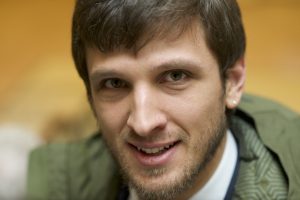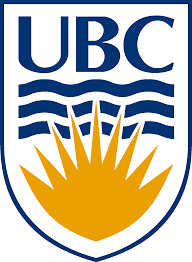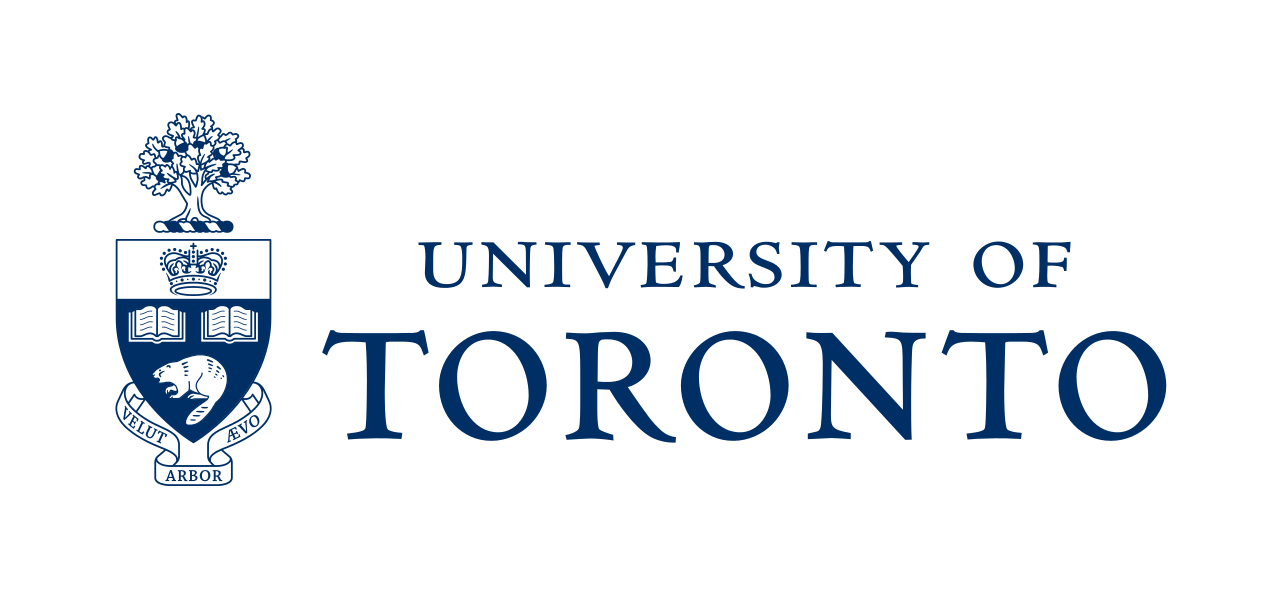
Konstantin Bolshakov is currently pursuing his Computer Engineering (B. Eng) Honours at York University. During the last three years, Konstantin has gained a lot of relevant experience in the realm of Engineering such as working as a research assistant at York University’s Behavioral Sciences Lab wherein he automated visual stimuli generation and data processing for a human vision research experiment in shell and Python and modified and extended software for visual stimuli for human vision research experiments in MatLab and C. Moreover, as an engineering and applied science intern at Ontario Power Generation, he produced technical specifications and design documentation for a mainframe computer terminal replacement project, reviewed and suggested modifications to the software architecture of a microcontroller for a custom keyboard system abd designed a video display generator subsystem for a mainframe computer as a part of a 15-member team. Currently, he is as a research assistant in Nanosatellite Demonstration Lab’s at York University, he is working on a circuit board design for voltage and current readout and peak power tracking of solar panel. Thus far, he has performed a Star camera calibration and configured camera registers, developed the software framework (architecture) for an Atmel microcontroller of an attitude control board for a Nanosatellite, performed mathematical simulation in MatLab and Simulink, and rewrote and extended MatLab code into C for an Atmel microcontroller.
Relevance to TEPS
In my research, I propose to explore the possibility and feasibility of using the commercially available hardware with little modifications for nanosatellite applications. Alternatively, I will also examine design and fabrication of a novel low-cost sun sensor applicable for nanosatellites and micro rovers with higher accuracy and reliability. Currently, I am developing a simple design with two orthogonal arrays of photodiodes and plan to extend it to include a pattern of slits. This pattern is expected to allow greater precision in sensing and calibration capabilities. Hence the primary design target will be accuracy, while volume and mass will be secondary. Additionally, I am examining an ultra-low power microcontroller for filtering the signal and computing the angles to make the sensor design comparable to the ones that are commercially available.







